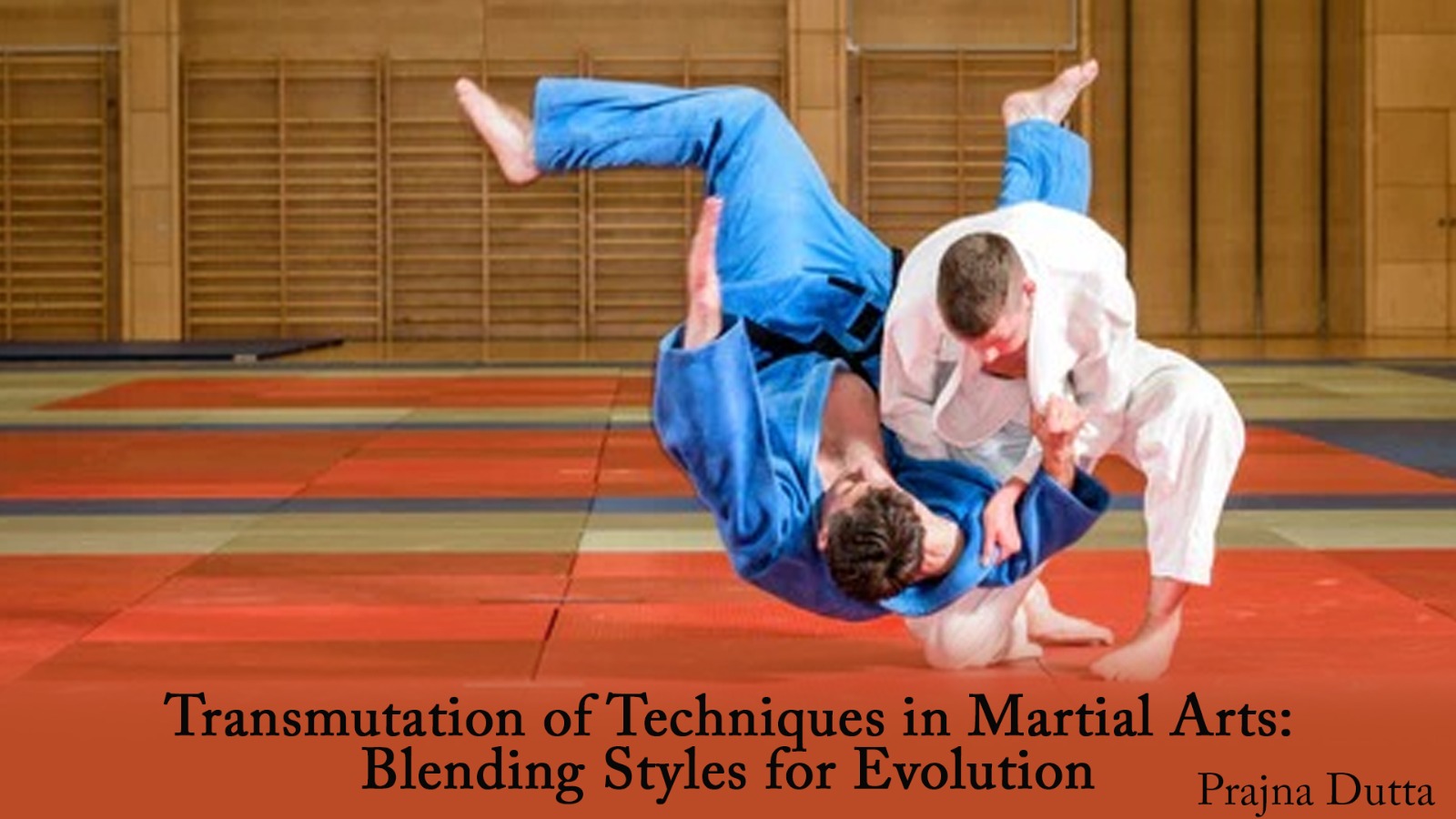Introduction
Martial arts have a rich and diverse history, with each style developed through centuries of refinement and adaptation. As practitioners seek to enhance their skills and broaden their understanding of combat, the transmutation of techniques has become a prevalent trend. Transmutation refers to the blending and integration of different martial arts styles, allowing practitioners to develop a unique and effective approach to combat. This article explores the concept of transmutation in martial arts, its benefits, and how it contributes to the evolution of fighting techniques.
The Essence of Transmutation
Transmutation in martial arts is not about simply mixing random techniques or styles together. It requires a deep understanding of the fundamental principles, philosophies, and mechanics underlying each style. By studying various martial arts systems, practitioners can identify common principles and techniques that can be blended harmoniously. The aim is to create a seamless and cohesive fighting style that maximizes efficiency and effectiveness.
Benefits of Transmutation
1. Versatility: Transmutation allows practitioners to develop a versatile skill set by incorporating techniques from different martial arts styles. By expanding their repertoire, practitioners become well-rounded fighters who can adapt to different combat scenarios and opponents.
2. Synergy: Each martial art has its strengths and weaknesses. By transmuting techniques, practitioners can capitalize on the strengths of multiple styles, creating a synergistic approach that enhances their overall effectiveness. For example, combining the fluid movements of Wing Chun with the devastating strikes of Muay Thai can produce a formidable and well-balanced fighting style.
3. Personalization: Transmutation enables practitioners to personalize their martial arts journey. By blending techniques from different styles, individuals can create a unique expression of their own fighting style, reflecting their strengths, preferences, and body type. This personalization fosters a deeper connection with the art and enhances self-expression.
4. Evolution: Martial arts are living systems, constantly evolving and adapting to new challenges. Transmutation is a catalyst for innovation and growth within the martial arts community. By exchanging ideas, techniques, and concepts, practitioners contribute to the evolution of martial arts as a whole, pushing the boundaries of what is possible in combat.
Transmutation in Practice
Transmutation can take various forms depending on the practitioner's goals, preferences, and the styles involved. Here are a few examples:
1. Hybrid Styles: Hybrid styles, such as Jeet Kune Do, have emerged as a result of transmutation. These styles combine techniques from different martial arts systems to create a comprehensive and adaptable approach to combat.
2. Cross-Training: Cross-training involves learning and practicing techniques from different martial arts styles simultaneously. For instance, a practitioner may study Brazilian Jiu-Jitsu for ground fighting and also train in Boxing for striking skills. This cross-training allows for a well-rounded skill set.
3. Technique Borrowing: Practitioners may borrow specific techniques from other styles to complement their existing skill set. For example, a Karate practitioner may incorporate footwork from Capoeira to improve agility and evasiveness.
4. Conceptual Integration: Transmutation can also occur at a conceptual level. Practitioners may take fundamental principles, such as timing, distance management, or body mechanics, from one style and apply them to another. This integration enhances the effectiveness of techniques within a particular style.
Conclusion
Transmutation of techniques in martial arts represents the evolution and growth of the combat arts. By blending techniques from different styles, practitioners can create a dynamic and adaptive approach to combat. The benefits of transmutation include increased versatility, synergy between styles, personalization of one's martial arts journey, and contributing to the evolution of the martial arts community as a whole.
Practicing transmutation can take various forms, such as developing hybrid styles, engaging in cross-training, borrowing specific techniques, or integrating fundamental concepts. These approaches allow practitioners to expand their skill set, adapt to different combat scenarios, and express their individuality through their fighting style.
However, it is important to approach transmutation with respect, understanding, and a solid foundation in the martial arts being blended. It requires a deep knowledge and appreciation of the principles, philosophies, and mechanics underlying each style. Without a strong foundation, the transmutation of techniques can lead to confusion, inconsistency, and a diluted understanding of the martial arts involved.
Moreover, transmutation should not be seen as a replacement for dedicated training in a specific martial art. It is essential to maintain a core focus and expertise in at least one primary style. Transmutation should serve as a supplement to further enhance and enrich one's martial arts journey, rather than diluting the depth of knowledge and proficiency in a particular style.
In conclusion, the transmutation of techniques in martial arts represents a natural progression and evolution of combat systems. It offers practitioners the opportunity to explore and combine different styles, creating a versatile, personalized, and effective approach to combat. By blending techniques, concepts, and principles, martial artists contribute to the growth and development of the martial arts community, pushing the boundaries of what is possible in combat. However, it is crucial to approach transmutation with a solid foundation, respect for each style involved, and a continued dedication to the mastery of one's primary martial art.

Comments